Stuff of the Decade: The 20 most important gadgets
Of all the hundreds of gadgets we've messed about with in the 2010s, this lot made the biggest impression
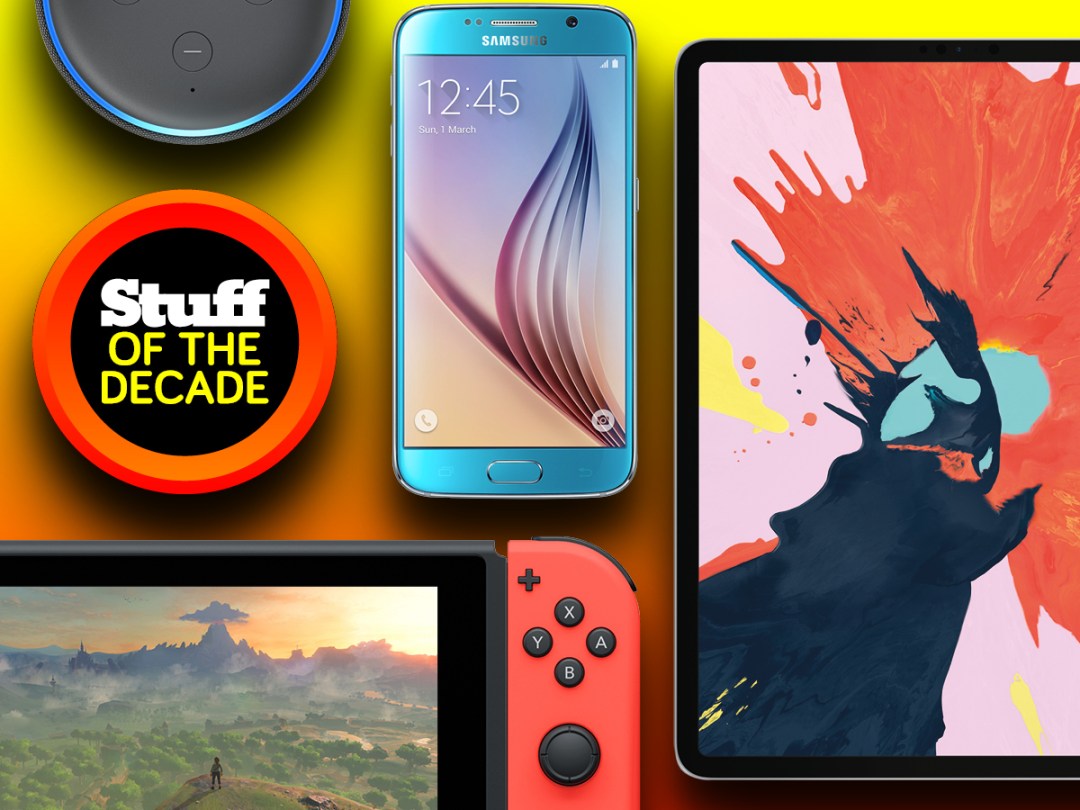
Looking back on a decade of gadgets is a lot of fun until you remember that you’re tasked with picking out just 20 to tell its story.
Where to start? The obvious place is smartphones. The 2010s saw us become even more attached to the supercomputers in our pockets. They got (much) bigger, better and more expensive, with the likes of Apple, Samsung and Google yet again fighting it out for the largest slice of the pie. And in the last few years, they’ve started folding.
But you don’t need to drop four figure sums on a great phone. OnePlus has consistently blown us away with fantastic flagships for far less, and with the Xiaomis, Honors and Motorolas of this world committed to a similar mission, it’s harder to buy a bad blower at the close of 2019.
This decade has also been about the smart home becoming a reality. From app-controlled lightbulbs and thermostats, to digital assistants in every room, our houses are now interconnected gadgets that listen to us. Maybe a bit too much.
Throw in electric cars, consumer drones and virtual reality, and it really has been an eventful 10 years for geeks. Read on for the 20 gadgets that we think mattered the most. We look forward to you disagreeing with us.
Words: Matt Tate, Chris Kerr, Craig Grannell, Tom Wiggins, Sam Kieldsen
20. Sony A7 III (2018)
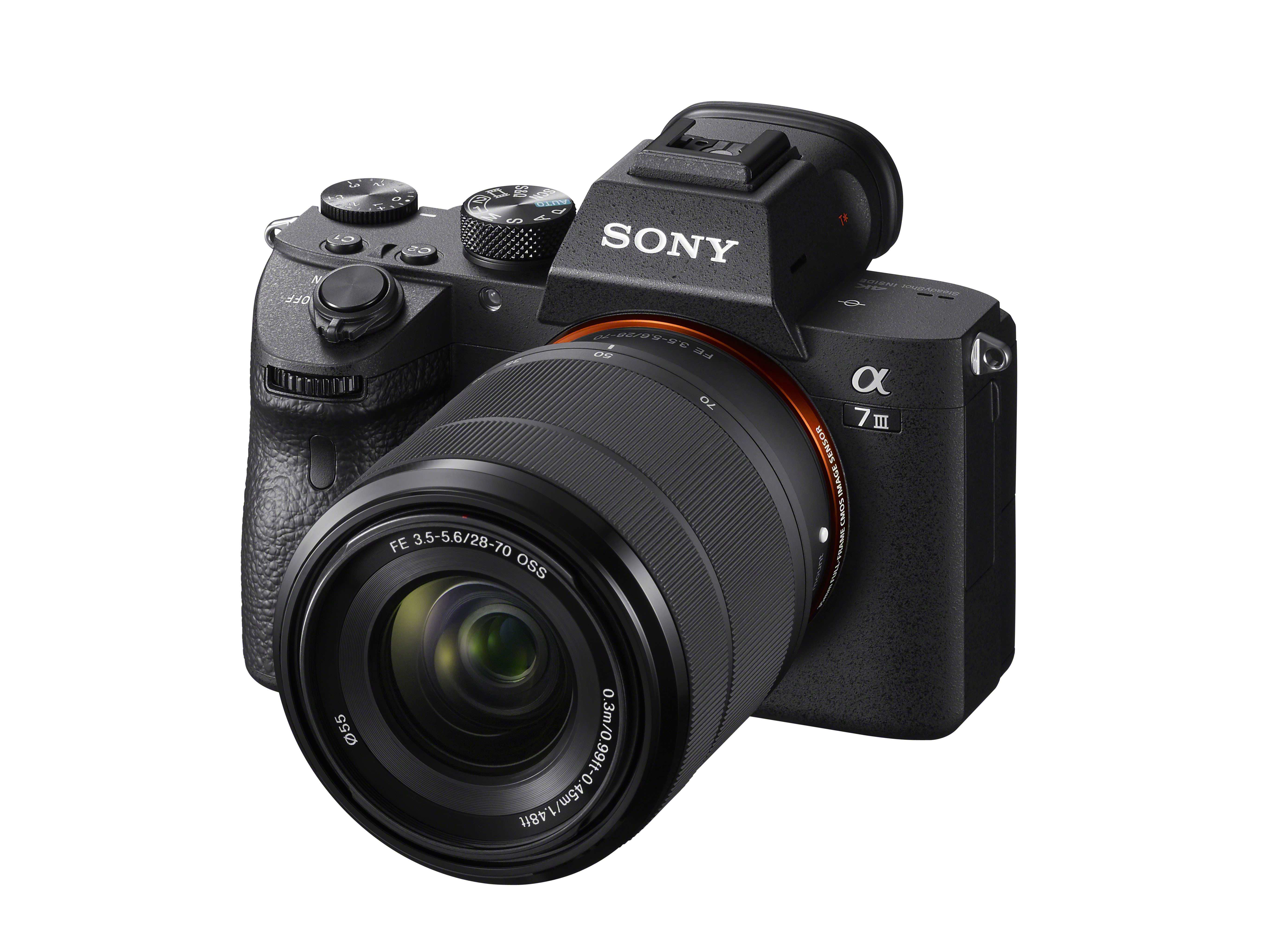
There have been dozens of wonderful mirrorless cameras released in the past decade, but the A7 III feels special. Despite its relatively affordable asking price, its compact body is packed with power and versatility. Want to make professional-looking 4K movies? Take cracking landscape photos? Craft beautiful portrait shots? You can do it all with this camera, for less – once you’ve grown accustomed to Sony’s somewhat Byzantine menu system, that is…
19. Nest Learning Thermostat (2011)
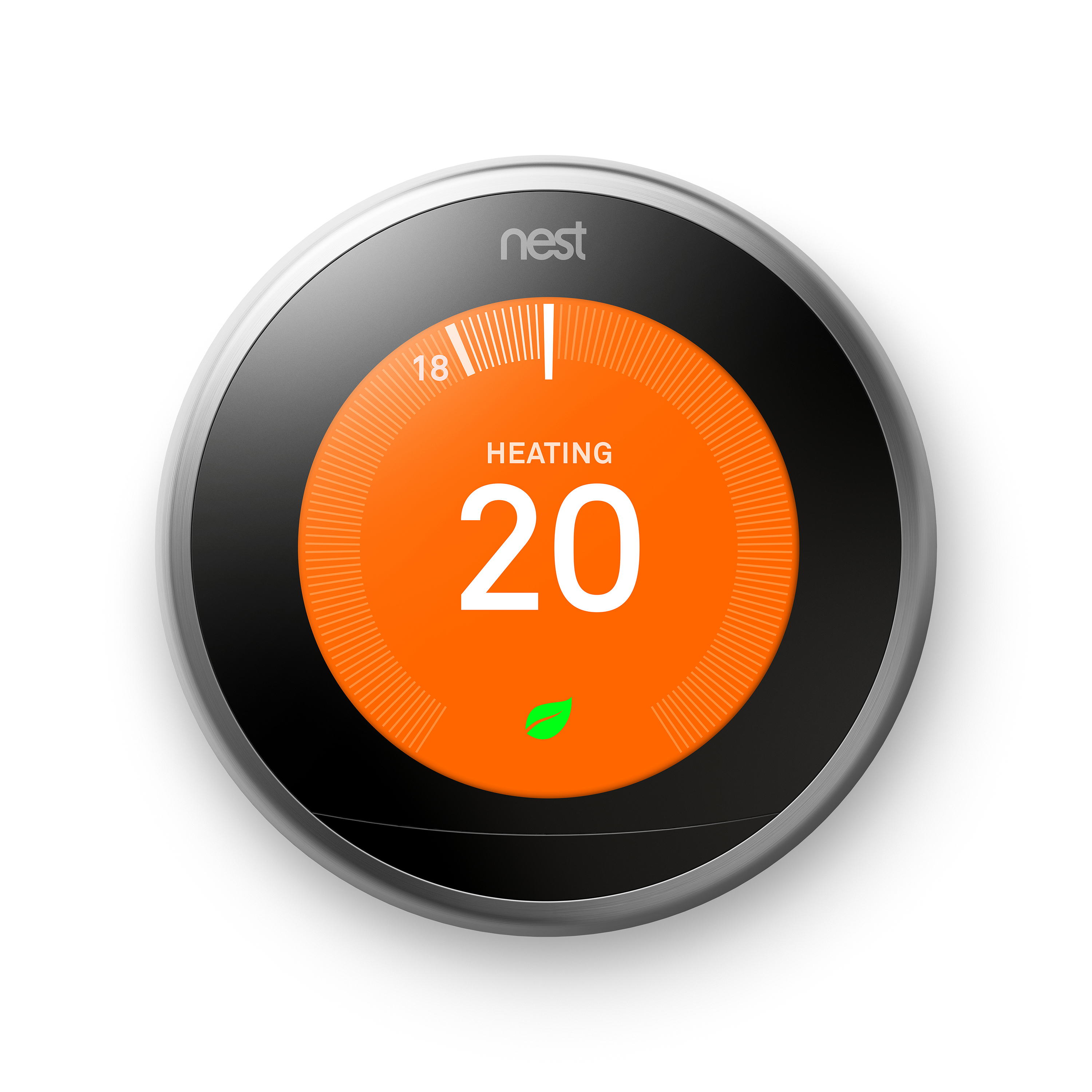
Who even knew thermostats needed overhauling until Nest turned up? Designed by a team including a chap known as the ‘father of the iPod’, thanks to its large screen and rotating control wheel Nest’s first thermostat certainly looked like something Apple might come up with. But it was the way that it learned your habits and made timers unnecessary that really changed the way we thought about the smart home. Can you imagine going back to an old-skool dumb heating system now? Makes you shiver just thinking about it.
18. DJI Phantom (2013)
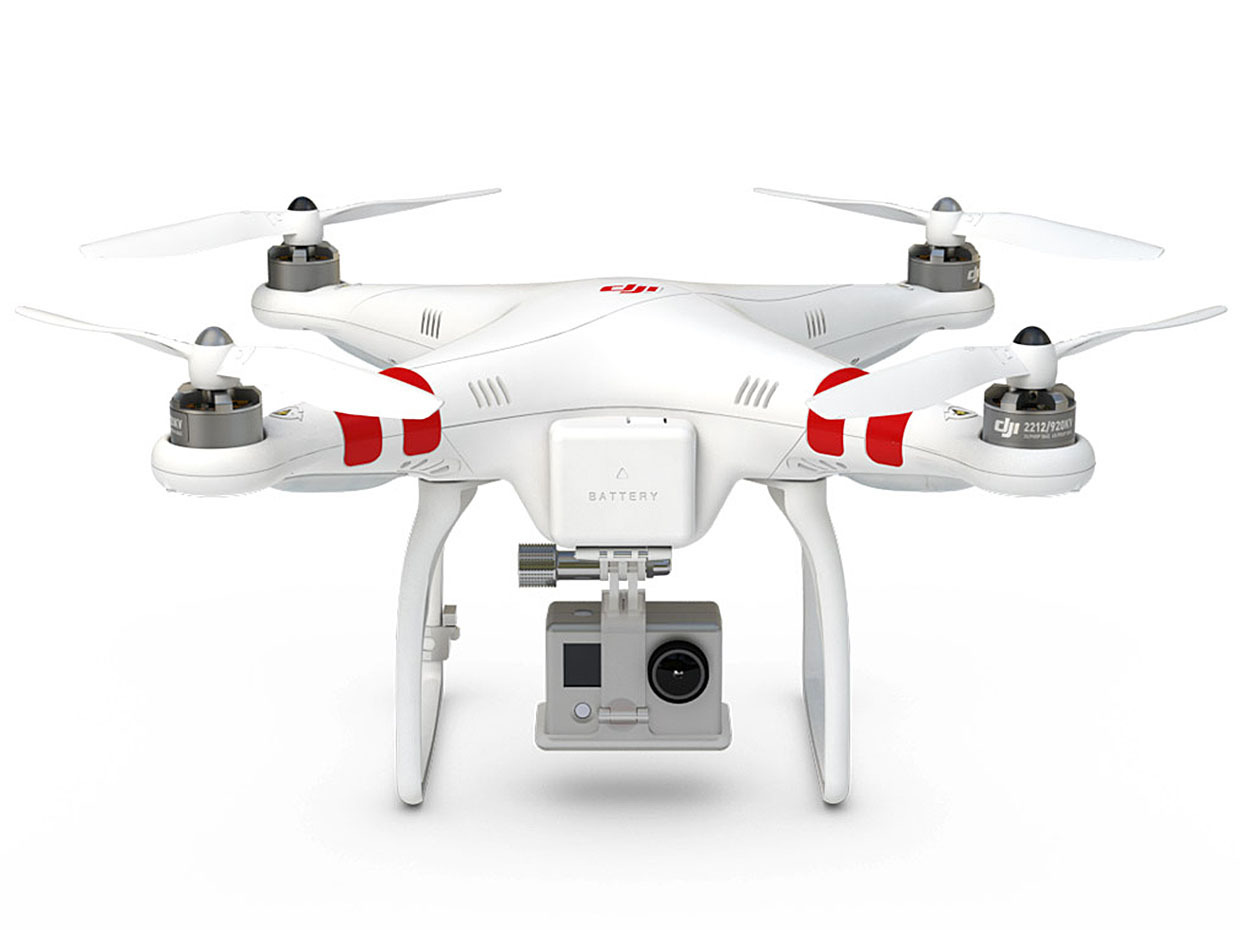
Camera-toting consumer drones may be everywhere now (including plenty of places they aren’t supposed to be), but just a few short years ago you’d have to be pretty wealthy and possessed of quite a bit of technical knowhow to get an eye into the sky. DJI’s Phantom changed all that: affordable, portable and easy to fly, it could be fitted with a GoPro and had a 10-minute battery life. With each successive drone generation, DJI has improved quality, usability and stamina, with today’s Phantom 4 Pro V2.0 capturing stunning 60fps 4K footage and boasting 30 minutes of flight time.
17. Google Chromecast (2013)
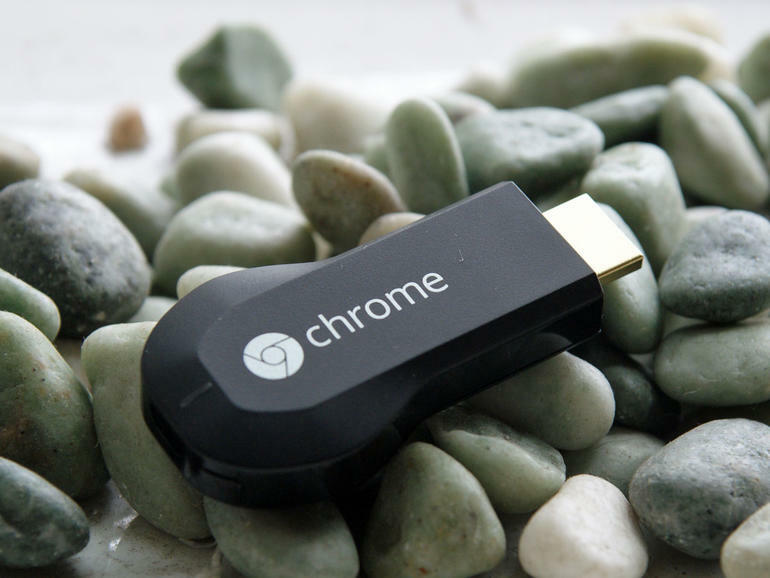
A preposterously simple and surprisingly capable dongle, the Chromecast made good on its promise of bringing affordable media streaming to the masses. Whether you wanted to beam YouTube or Netflix videos to your gogglebox, browse the internet on the big-screen, or turn your vintage hi-fi into a Spotify-ready streaming paradise, the Chromecast was your best friend. Things have only gotten better since the ditty device arrived in 2015, and the latest Chromecast Ultra models now support high-resolution game streaming though Google Stadia, letting users tuck into triple-A console-quality titles in an instant.
16. Apple AirPods (2017)
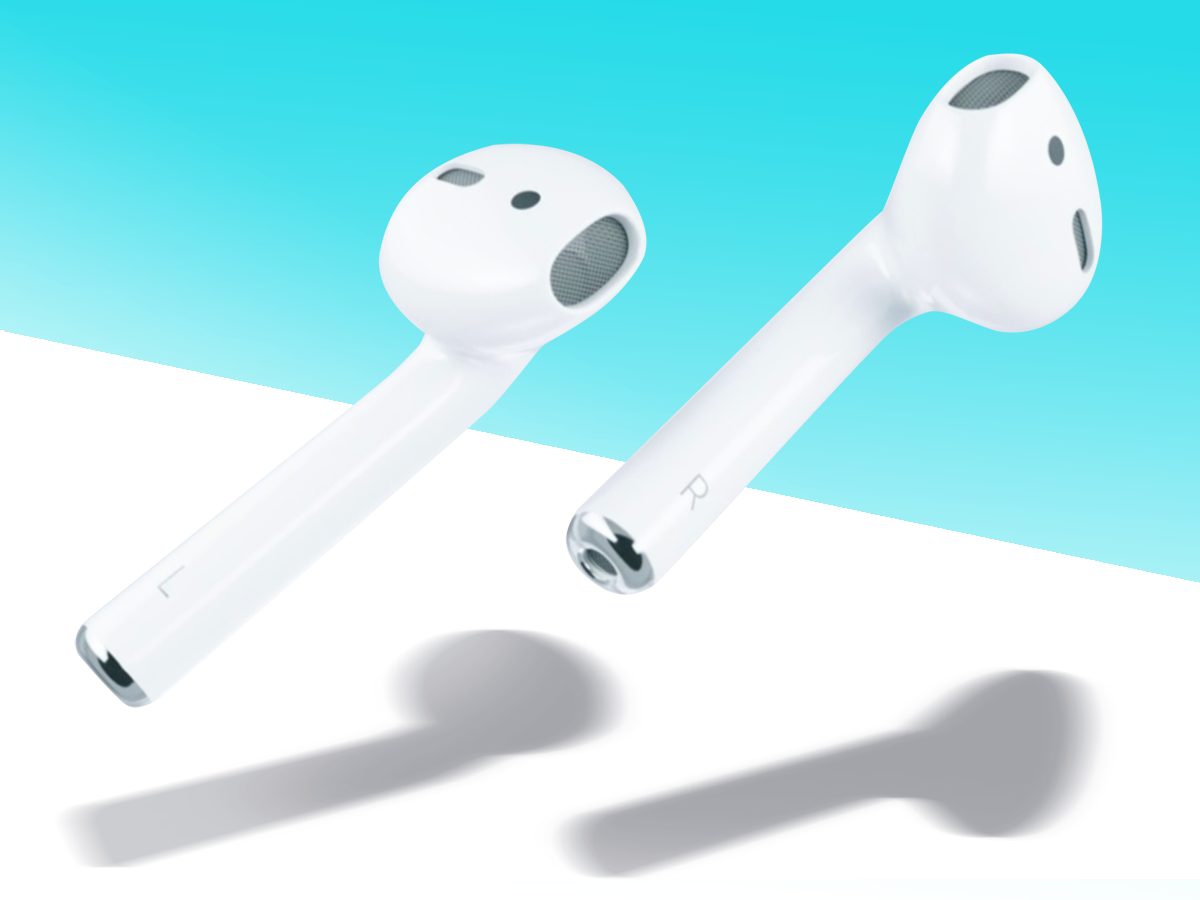
Derided at launch for their fairly mediocre sound quality and striking resemblance to electric toothbrush heads, nobody could have predicted that Apple’s AirPods would go on to become by far the most popular truly wireless earbuds in the world. If you’re reading this while on public transport, count the people you can see wearing a pair right now. And they’re not undeserving of their popularity; sure you can find better-sounding alternatives, but the AirPods’ brilliant charging case, ease-of-use and near flawless integration with the iOS ecosystem make them the best choice for iPhone users. The ANC-enabled Pro model is a major improvement on the original, but the story of the decade is the little white stems that could.
15. Bose QuietComfort 35 (2016)
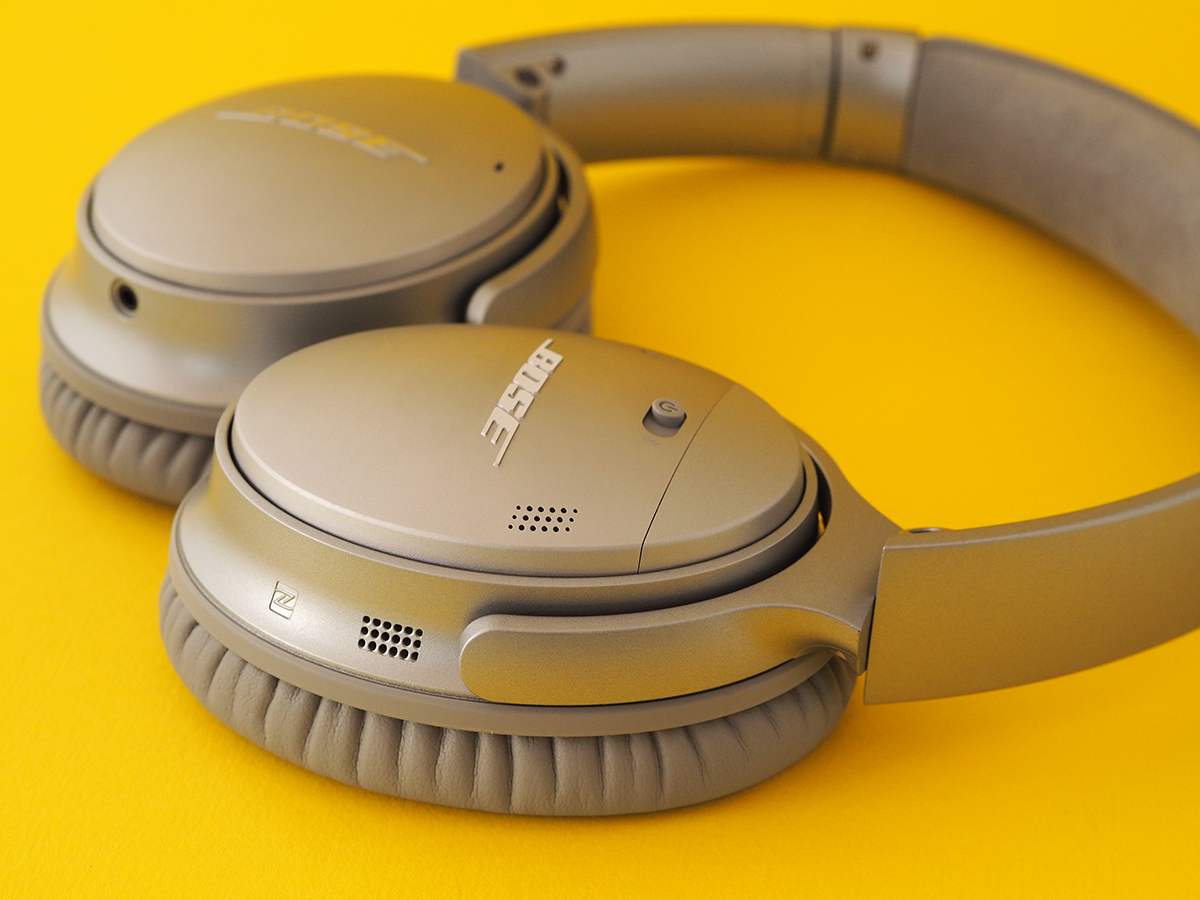
It’s hard to believe that we used to fly long haul without noise-cancelling headphones. 10+ hours of roaring engines, wailing infants and alternating choruses of snoring. Not anymore, and of all the excellent pairs of wireless ANC headphones we’ve been treated to this decade, none are more iconic than Bose’s QC35s. Noise cancellation in Bose’s cans remains the most effective, and while their are there are better-looking headphones out there, you won’t find any that are as supremely comfortable as the QC35s. An updated model added an ANC toggle and Google Assistant support, and at the discounted price they go for now, they remain an excellent buy.
14. Xbox Adaptive Controller (2018)
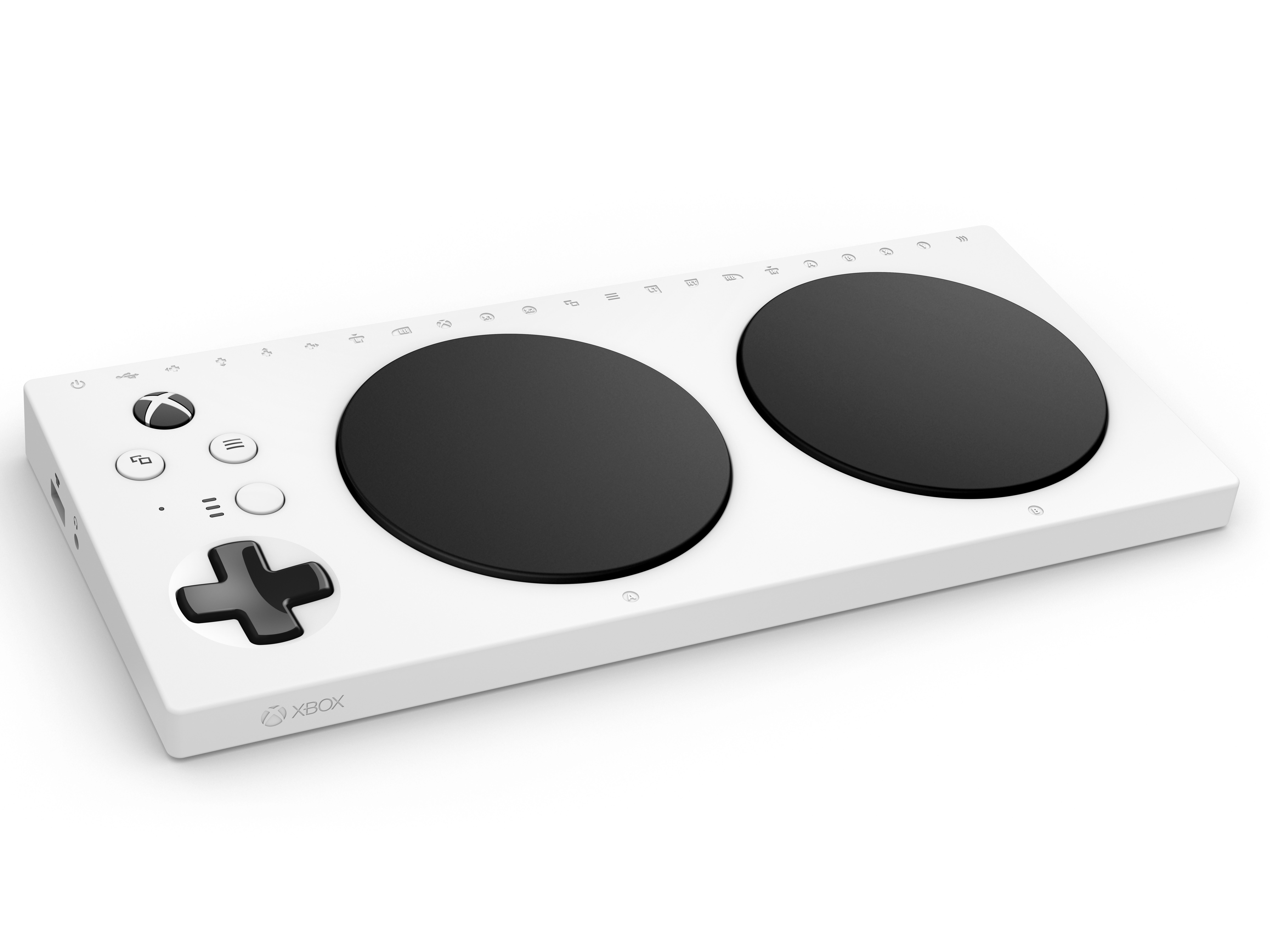
To some people Xbox’s Adaptive Controller looks like something you’d make music with – but for many others it’s a far more important innovation in gaming than VR, motion control and 4K combined. It’s designed for people who are unable to use the standard control pad that comes in the box with the console, and while adding the input devices to counteract particular disabilities can be expensive, this highly customisable controller is a big step towards making gaming accessible to everyone.
13. OnePlus 3 (2013)
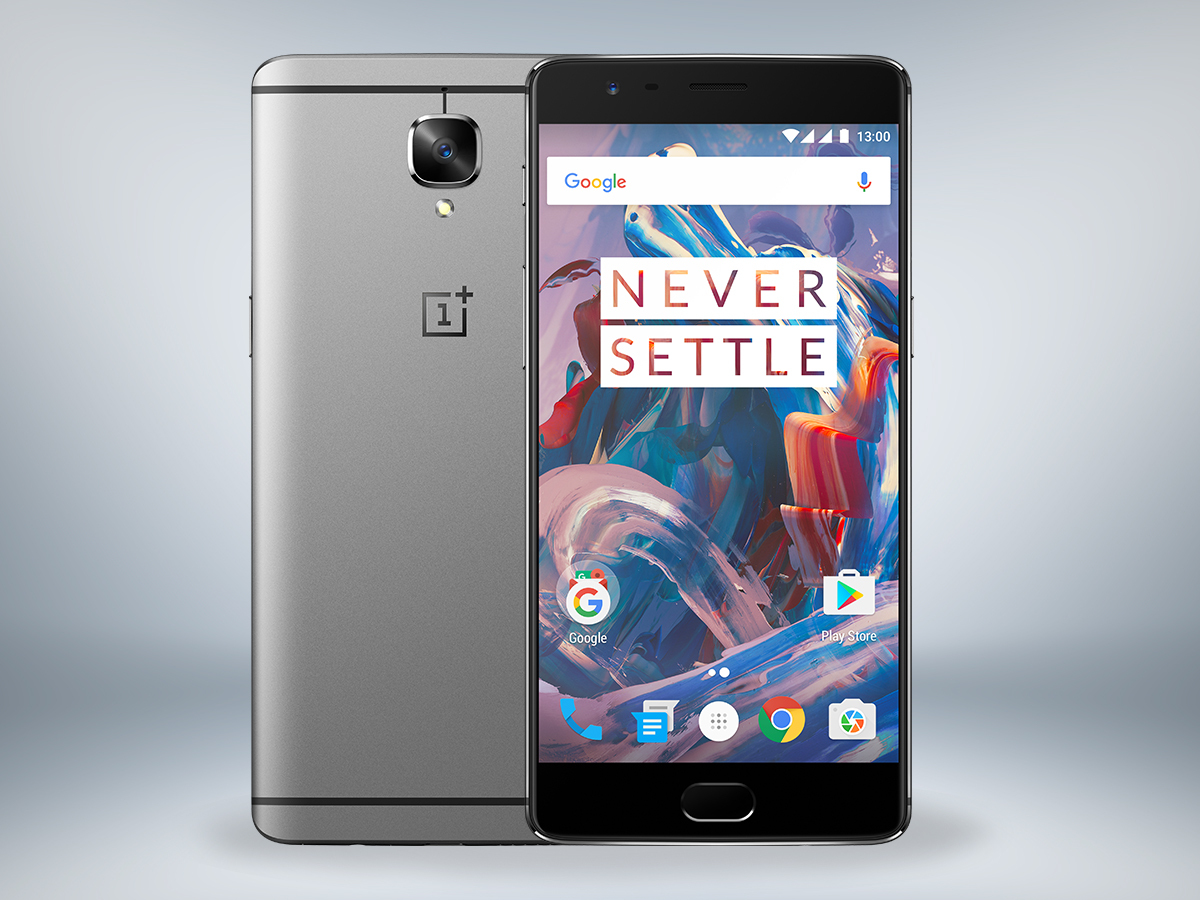
In 2016, flagship smartphones were starting to cost silly money. So when OnePlus unveiled the OP3 for £309 there had to be some sort of catch, right? In fact, the closest we came to one was the extra £20 Brexit added to the price, but with its anodised aluminium chassis, an OLED screen, 6GB of RAM and a Snapdragon 820 processor, it was still an absolute bargain. The camera couldn’t quite match up to those offered by Samsung, Apple et al, and the battery could’ve been better, but the OnePlus 3 was a genuine rival to the big guns – and for half the price.
12. HTC Vive (2016)
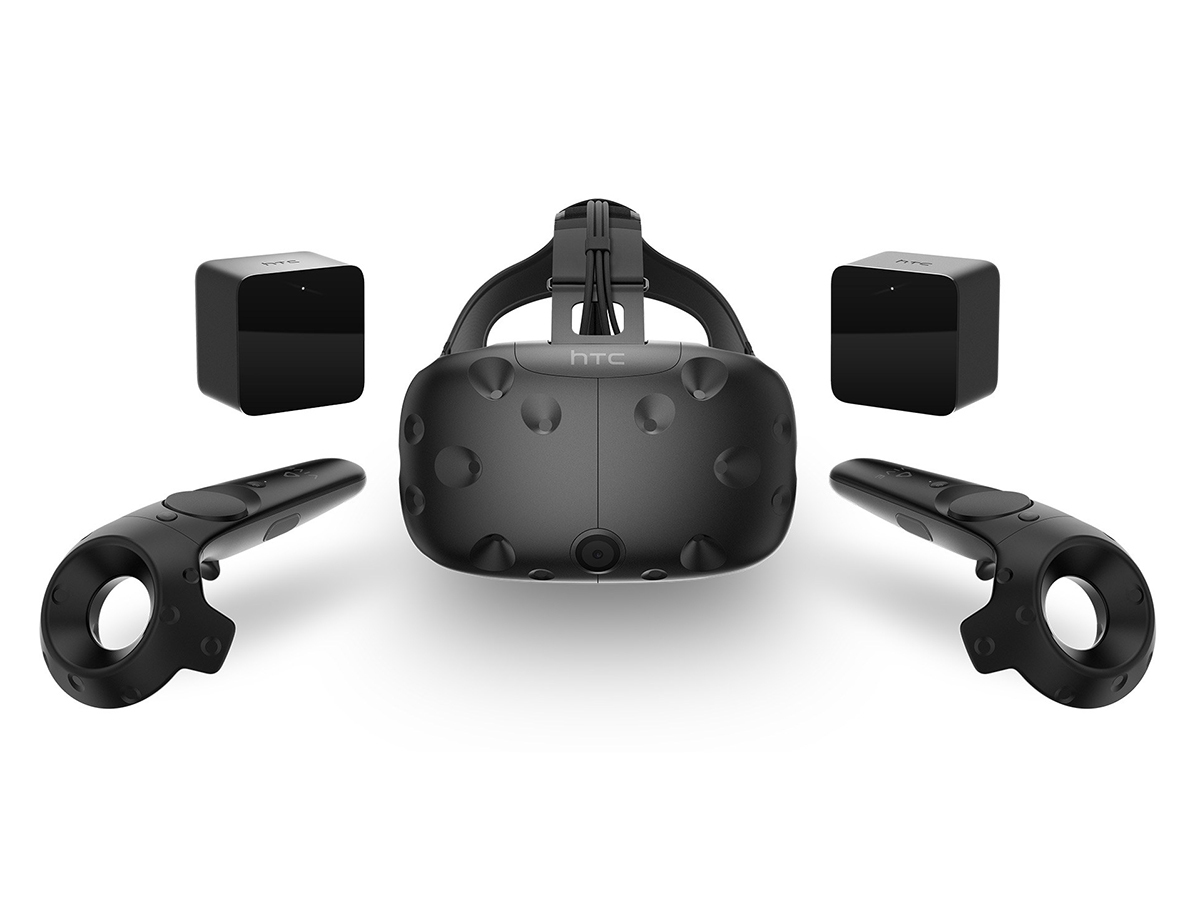
Chances are you’ve never used HTC’s Vive virtual reality headset. The Oculus Rift rival was more expensive and demanded more space to set up, making an already niche proposition even less accessible. But in the early days of VR’s most recent comeback, it was the extra dimension afforded by the Vive’s superior tracking that convinced anyone who used it that virtual reality shouldn’t be allowed to fail this time around.
11. Tesla Model S (2012)
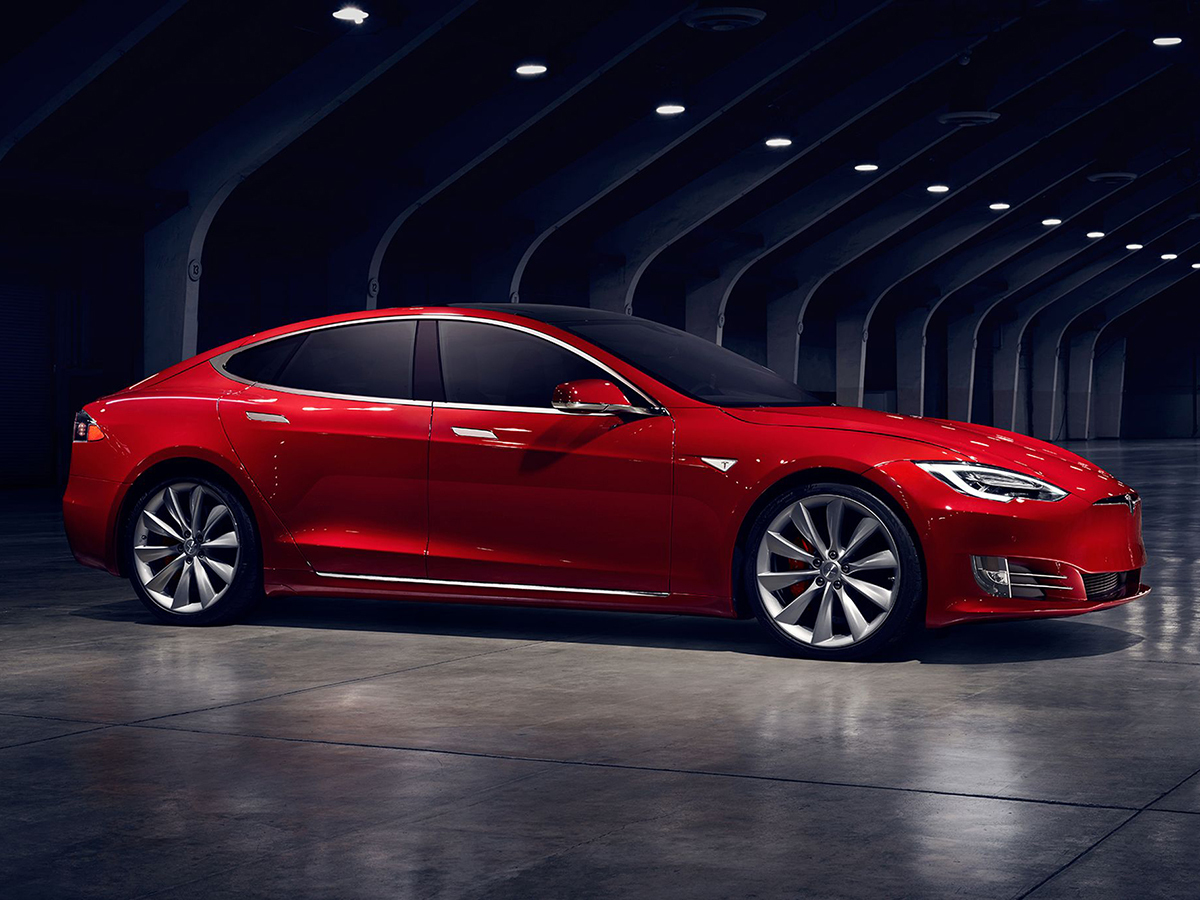
EVs are finally cool, and that’s largely down to the folks over at Tesla – and, more specifically, their work on the flagship Tesla Model S. The slick five-door sedan was the top-selling plug-in electric car worldwide in 2015 and 2016, and by the end of 2018 was the second most-sold electric car in history behind the infinitely more affordable Nissan Leaf. That demand was undoubtedly driven by the Model S’ revolutionary nature, with the vehicle offering a treasure trove of forward-thinking features like Autopilot, Enhanced Summon, and Sentry Mode. The fact it can also shoot from 0-60 in 2.4 seconds (which is the quickest acceleration of any production sedan on earth, by the way) and has a range of 379 miles on a single charge probably helped too.
10. Philips Hue (2012-)
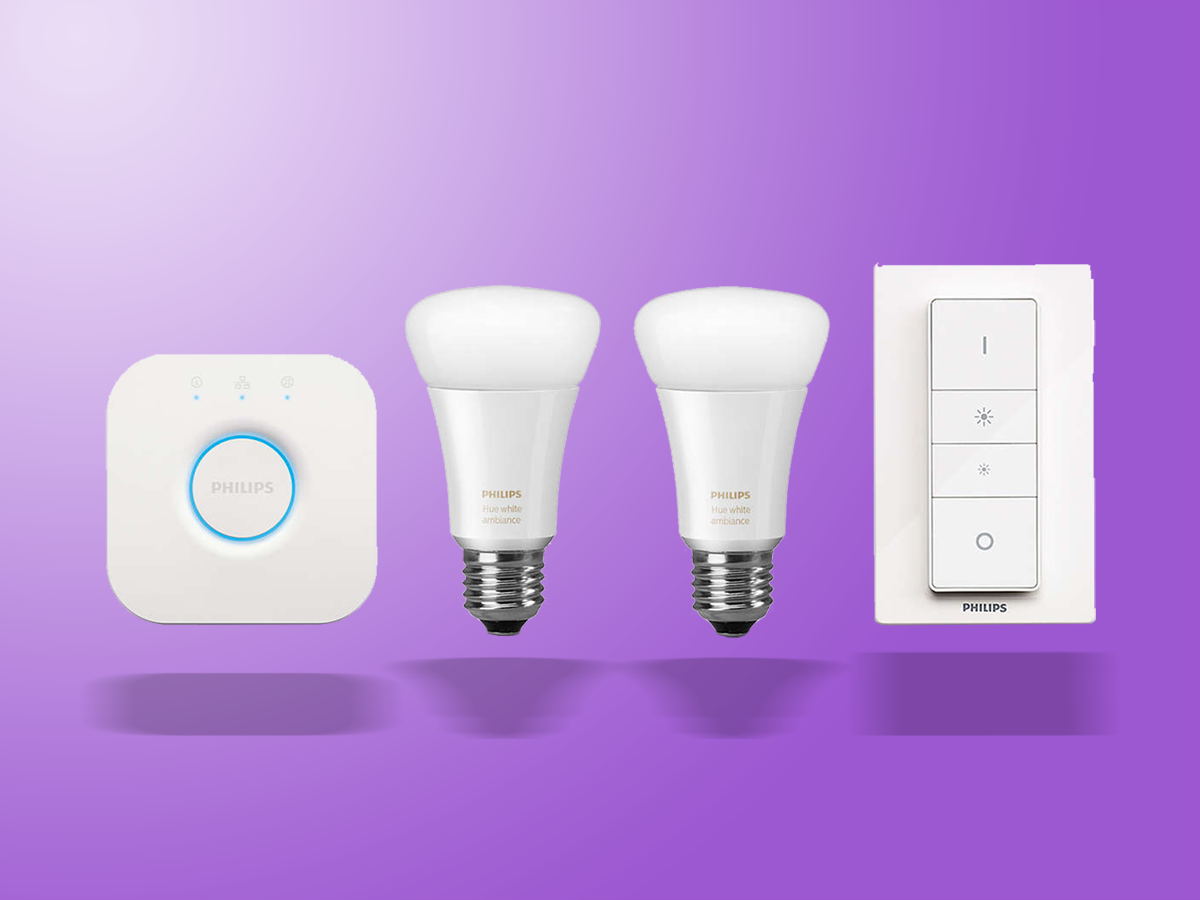
If you want to show off your futuristic smart home, nothing beats dimming the lights with your voice. And Philips’ Hue line is still our favourite smart lighting solution. Whether you want to plaster your living room with multi-coloured light strips that sync with your movies, or you’re just after a single bedside lamp bulb that you can turn off without lifting a finger, the Hue range has something for you. And as long as you’ve got a hub plugged in, you can expand your setup all over the house.
9. Raspberry Pi (2012)
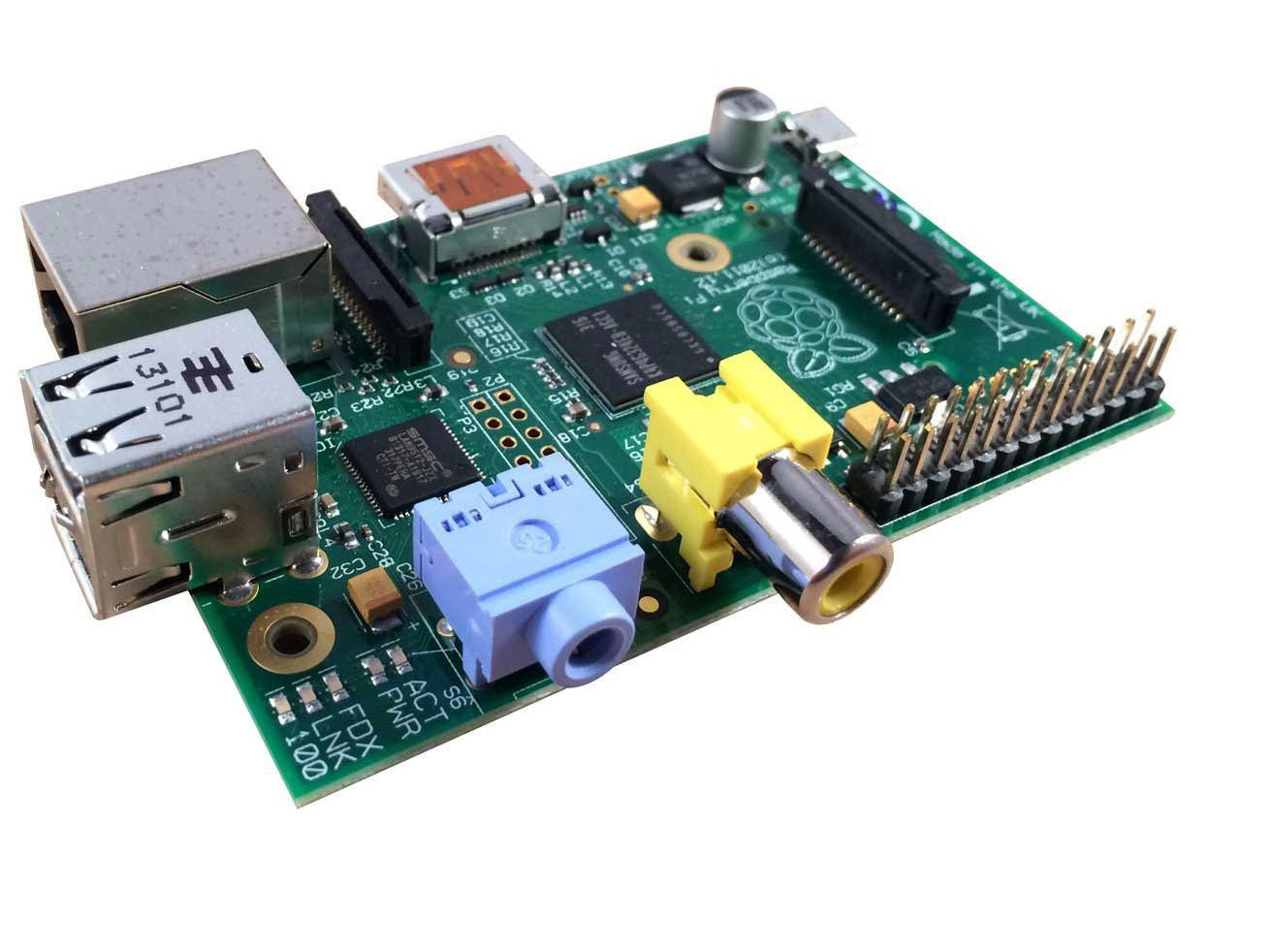
Although the Raspberry Pi wasn’t the first piece of single-board hackable tech in recent years to make a big impact (hello, Arduino!), it was the one that most captured the imagination during the 2010s. From the original Raspberry Pi 1 Model B to 2019’s powerful Pi 4, these dinky computers enabled all kinds of tinkerers to let rip. 2015’s Pi Zero was so cheap, it even appeared on a magazine as a covermount, and Pis the world over are now the brains of smart home kit, personal computers, art projects, educational experiences, and even arcade consoles.
8. Amazon Kindle Paperwhite (2012-)
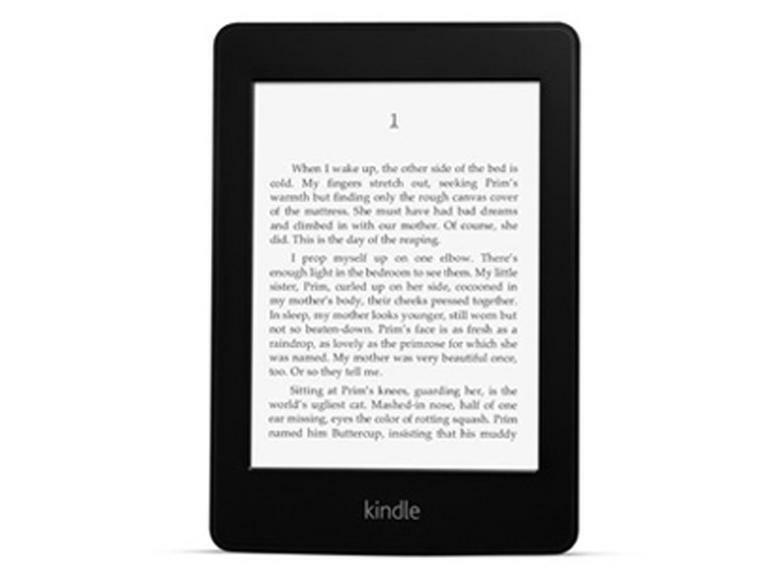
Nothing can replace the satisfaction of flicking through the pages of a proper book, but once you’ve surrendered yourself to e-readers, it’s pretty hard to go back. And since its introduction in 2012, Amazon’s Kindle Paperwhite has been the one we’ve recommended most people buy. Its built-in light allowed you to comfortably read in the dark, and later iterations have been improved with higher resolution displays, Bluetooth audio and waterproofing. The Kindle Paperwhite might not be the very best Kindle you can buy, but with its ergonomic one-handed design, intuitive user interface, enormous book library and consistently great price point, it’s the one Goldilocks would go for.
7. Sony PlayStation 4 (2013)
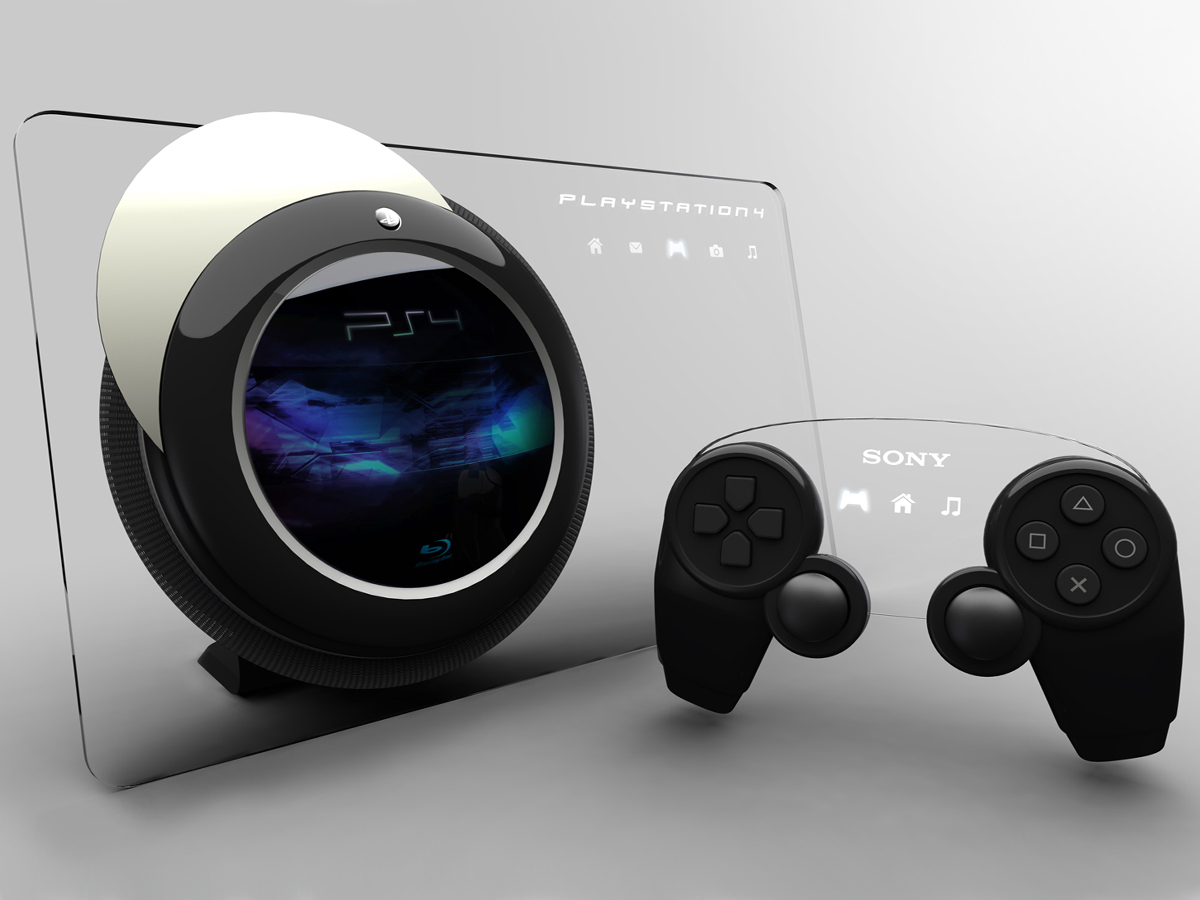
With game streaming on the rise and Microsoft in pole position to offer the most appealing service, the 2020s gaming title race could get very interesting indeed. But this generation there’s only been one winner. With its phenomenal lineup of first-party software and unwavering focus on great games, it’s not hard to see why the PlayStation 4 is one of the best-selling consoles of all time. Bloodborne, Uncharted 4, Metal Gear Solid V, Horizon Zero Dawn, Persona 5, God of War, Marvel’s Spider-Man: the list of unmissable exclusives goes on. And thanks to the mid-gen PS4 Pro, a lot of those games can be enjoyed in glorious 4K. The PS5 will have to be some machine to top its predecessor.
6. Apple Watch Series 4 (2018)
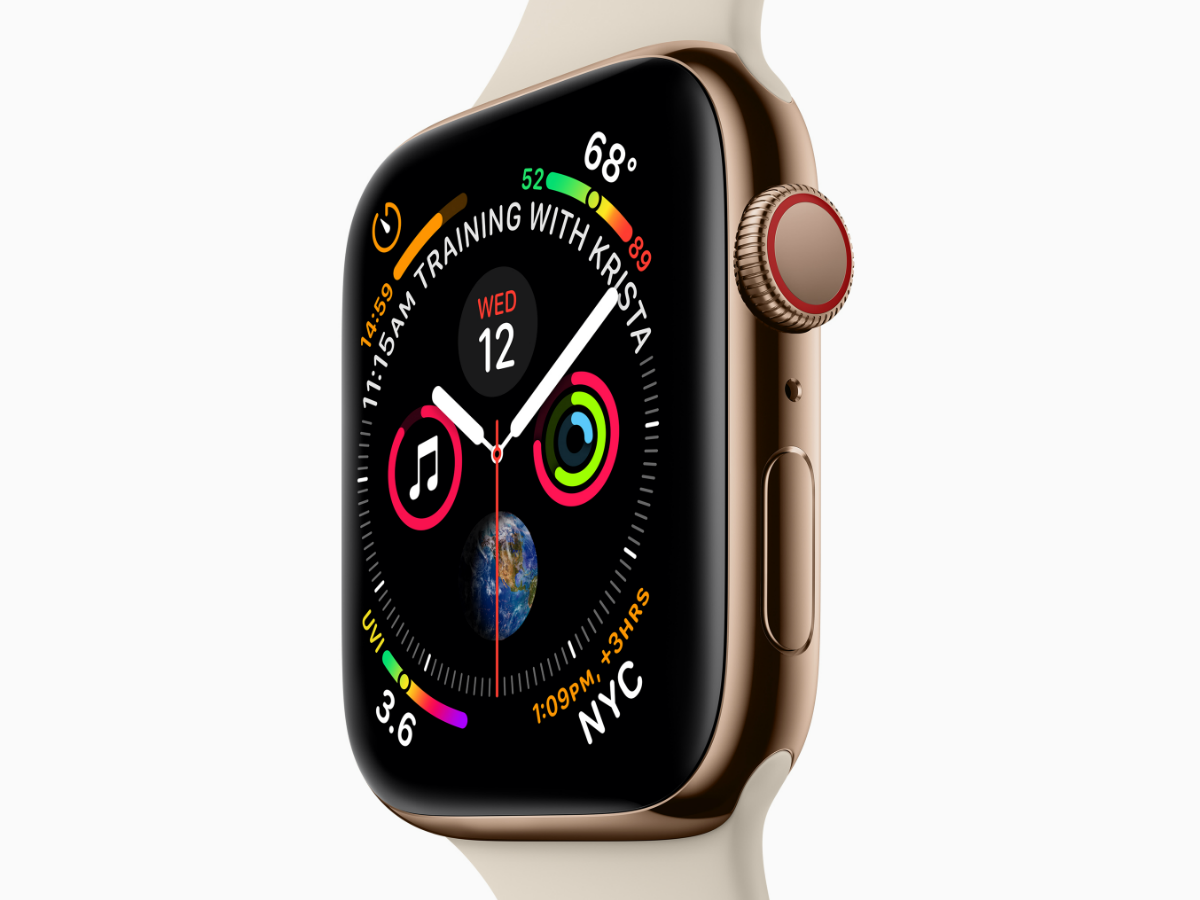
Apple’s market-dominating wearable has gone from strength to strength with each new iteration, but it was with Series 4 that the Watch started to become irresistible to devotees of the iThings. The larger screen, reduced bezels and slightly thinner chassis made it a more comfortable watch to both wear and use, while haptic feedback was a great upgrade on the Digital Crown of the first three Watch generations. But it was the health features that really set the Watch S4 apart. Its ECG – the first one to be approved on a consumer system – could warn you about any heart irregularities, and it could even detect when you’d taken a fall and automatically call the emergency services.
5. Samsung Galaxy S6 Edge (2015)
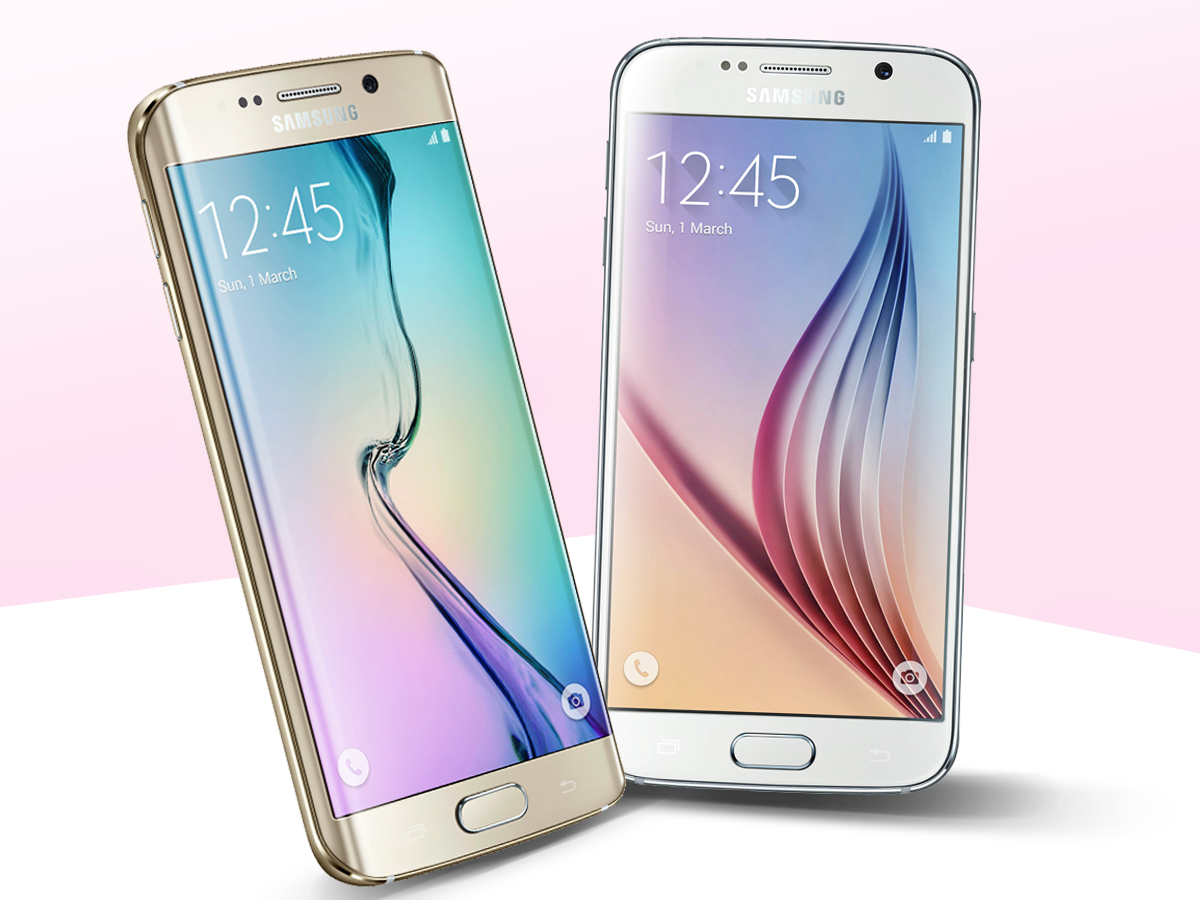
Before the Galaxy S6 Edge arrived, most people just bought an iPhone. Android had its acolytes but to the man in the street it could never quite match up to Apple’s desirability or elegance. The Edge changed all that. The curved sides were a little bit gimmicky in use but the S6 Edge looked futuristic, the camera was a stonker, and it had power to burn. The days of Apple dominance were over.
4. Apple iPad Pro (2018)
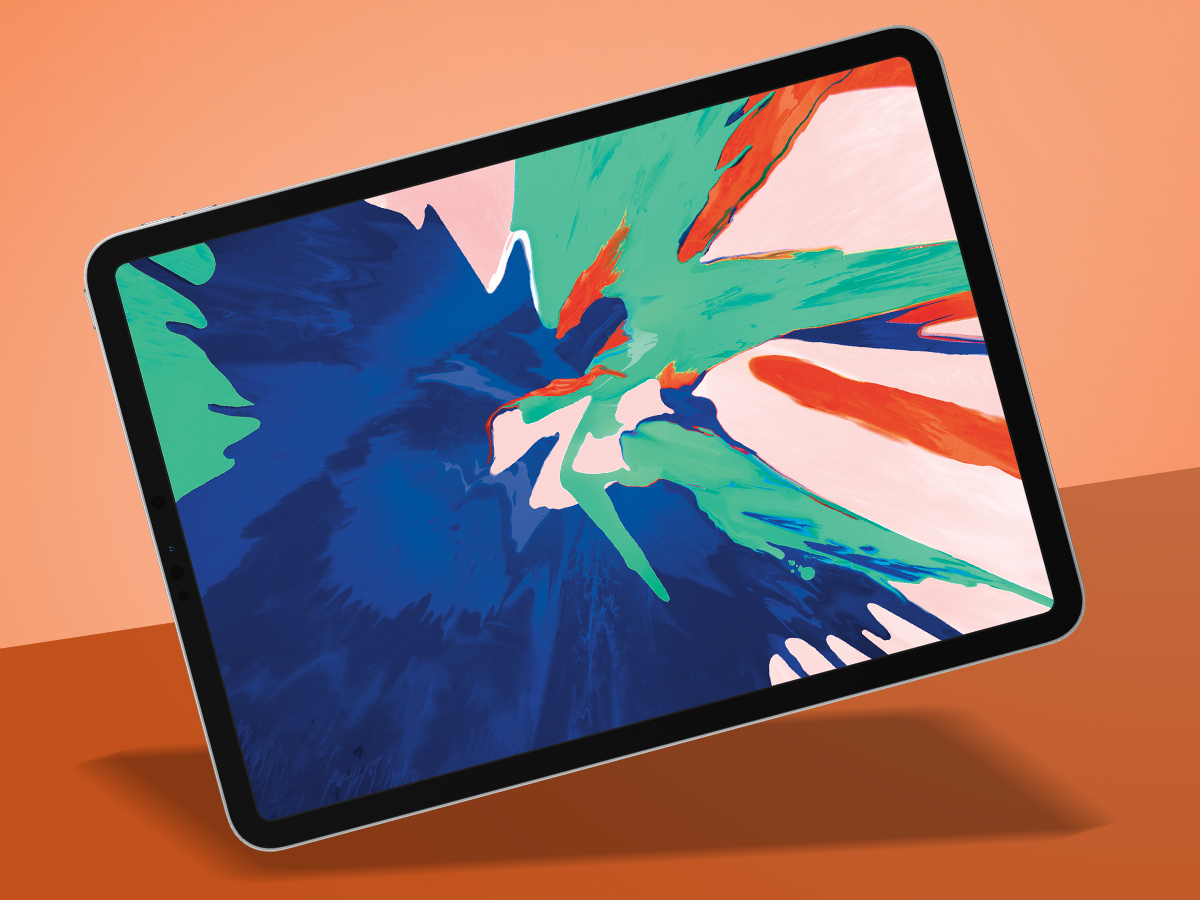
The first iPad, released in 2010, defined a new computing category, instantly making tablets desirable, exciting and useful. But 2018’s iPad Pro was where Apple fully made good on the original’s promise. It was hugely powerful, but the iPad Pro also eradicated anything extraneous from view, leaving you with a cruft-free border bereft of buttons and logos. This surrounded a gorgeous touchscreen that could become whatever you needed – design tool; game; spreadsheet; interactive tome; music studio. Confident and elegant, it was the full package.
3. Nintendo Switch (2017)
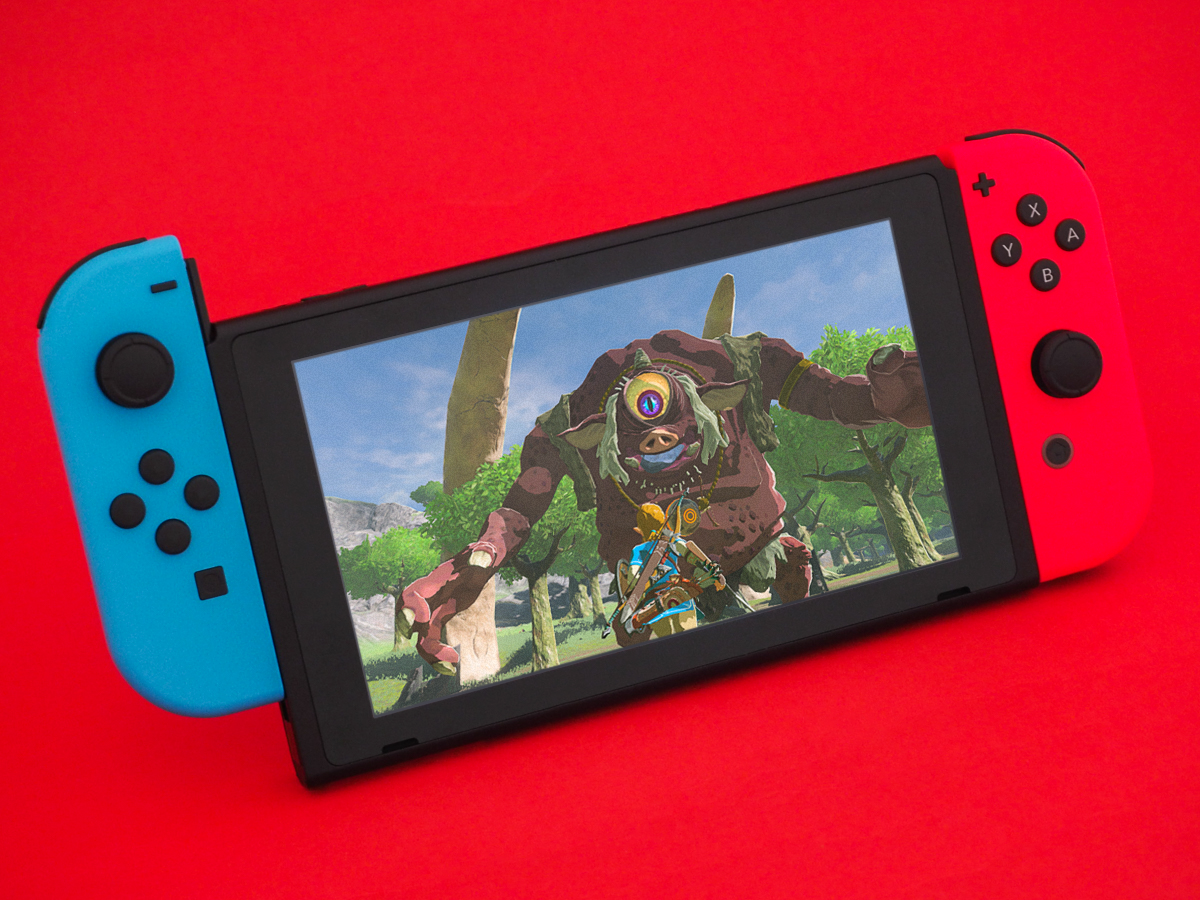
While it boasted no shortage of typically brilliant first-party games, the Wii U was a flop, and Nintendo really needed its next console to be a hit if it was going to stay relevant in the hardware game. The Nintendo Switch has reversed the company’s fortunes and then some. If the Wii U suffered from mixed messaging, the Switch’s USP couldn’t be plainer: play games wherever you are. Playing The Legend of Zelda: Breath of the Wild – arguably the game of the generation so far – on a TV was amazing, but removing the Switch from its dock and realising the game ran just as smoothly in portable mode was a revelation. Nearly three years on, it remains a thrill.
2. Amazon Echo (2014)

The original Amazon Echo sounded rubbish and compared unfavourably to a Pringles can, but as the device that unleashed Alexa upon the world, it remains the most important in its maker’s ever-multiplying lineup. Amazon’s digital voice assistant (along with Google Assistant and, to a lesser extent, Siri) has become the conductor for our smart homes, controlling our lights and thermostats, waking us up, and answering our very stupidest questions with increasingly impressive accuracy. It’s seemingly Amazon’s mission to have Alexa baked into pretty much everything, but the Amazon Echo was the gadget that got us talking to our tech.
1. Apple iPhone 4 (2010)
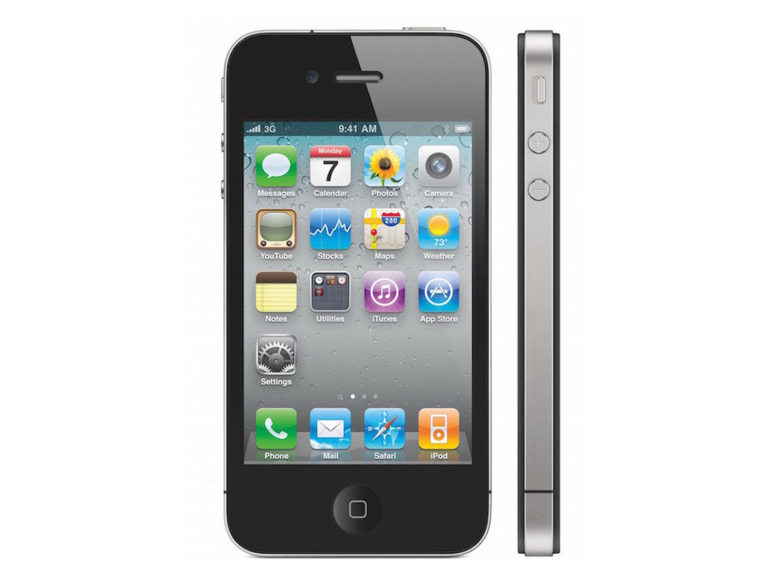
Had to be, didn’t it? Apple was into skipping digits long before it missed out the iPhone 9. So while the iPhone 4 was actually Apple’s third, it was the first to really combine the premium must-have-one design of the original model with the usability and affordability of the iPhone 3G, not to mention the one that introduced the glorious Retina Display that we take for granted today. Sure, the fact that you could cut people off just by holding it wrong wasn’t ideal, but the iPhone 4 helped to turn smartphones from tools into fashion accessories that we’re glued to 24/7.
Honourable mentions: Microsoft Surface Pro 3 (2014), Fitbit Alta HR (2017), UE Wonderboom (2017), Nest Hello (2018), Google Pixel 2 (2017), Oculus Quest (2019), iPhone X (2017), Huawei P20 Pro (2018)
